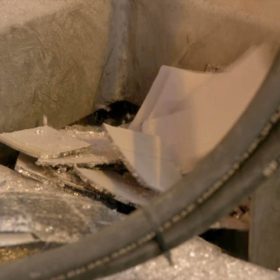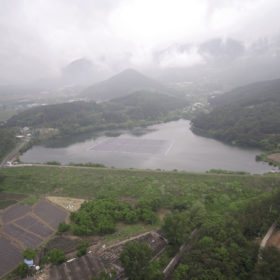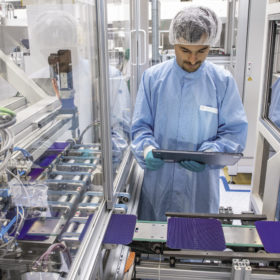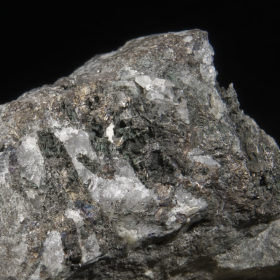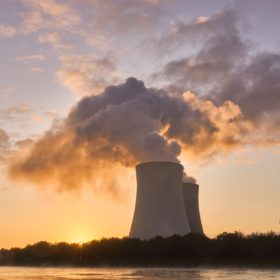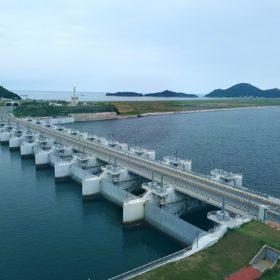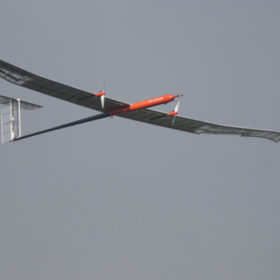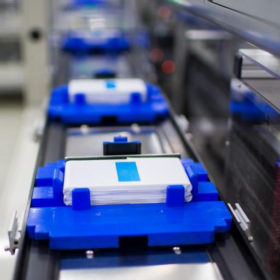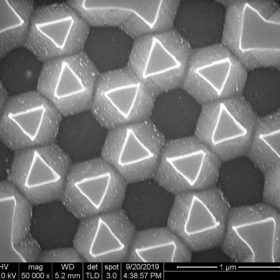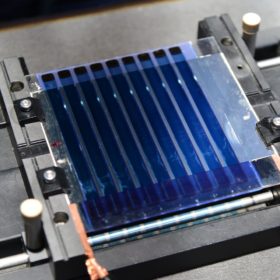South Korea to introduce new rules for PV recycling
The South Korean authorities plan to introduce new rules for PV waste recycling in 2023. Several recycling facilities are already being built, including one by the government, with a combined capacity of 9,700 tons.
South Korean solar sector contests ‘unconstitutional’ biomass incentives
Dozens of solar companies are claiming renewable energy certificates issued for “wood-burning” biomass technology are unconstitutional as most such facilities are fueled by wood pellets co-fired with coal in older power plants. A constitutional court decision is expected within two years.
IRENA presents $2tn plan to drive 5.5m renewables jobs by 2023
Doubling down on renewable energy investment and energy transition spending is required to ensure a truly green global recovery from the Covid-19 crisis and its economic aftershock, claims the International Renewable Energy Agency.
Kesterite solar cell with 8.66% efficiency and fill factor of 62.63%
Researchers in South Korea have analyzed the effects of alkali doping on the fill factor of kesterite solar cells and have built a device on a flexible metal foil optimized with a sodium fluoride doping layer.
‘Nuclear power is now the most expensive form of generation, except for gas peaking plants’
The latest edition of the World Nuclear Industry Status Report indicates the stagnation of the sector continues. Just 2.4 GW of net new nuclear generation capacity came online last year, compared to 98 GW of solar. The world’s operational nuclear power capacity had declined by 2.1%, to 362 GW, at the end of June.
Korean group to deploy 200 MW of floating PV at Saemangeum tidal flats
SK Group has been chosen as the preferred bidder to build a portion of the 2.1 GW floating solar complex the South Korean government is planning near the Saemangeum tidal flats, on the Yellow Sea coast.
Solar-powered unmanned airplane with lithium-sulfur battery
The Korea Aerospace Research Institute has conducted a battery-powered test flight of solar-powered unmanned aerial vehicle EAV-3. The aircraft is powered by solar cells on its wings and body and an LG Chem lithium-sulfur battery.
National lithium-ion battery supply chains ranked
Analysts at Bloomberg New Energy Finance have quantified the influence of markets around the world. The ranking supplies a snapshot of 25 countries and also offers a five-year outlook.
Nanostructures for ultrathin flexible wafer
Scientists in South Korea combined two processes to etch a nanostructure of tiny pyramids onto the surface of a silicon wafer. As well as trapping more light and increasing the cell efficiency, the group claims that its nanostructure improves the mechanical flexibility of the cells. This could potentially allow for the use of much thinner silicon wafers than is currently possible in production.
More efficient large-area organic solar cells with spin coating
Researchers in South Korea have used the process to increase performance and the replicability of large-area organic cells. The method was used during film formation to speed up solvent evaporation.
